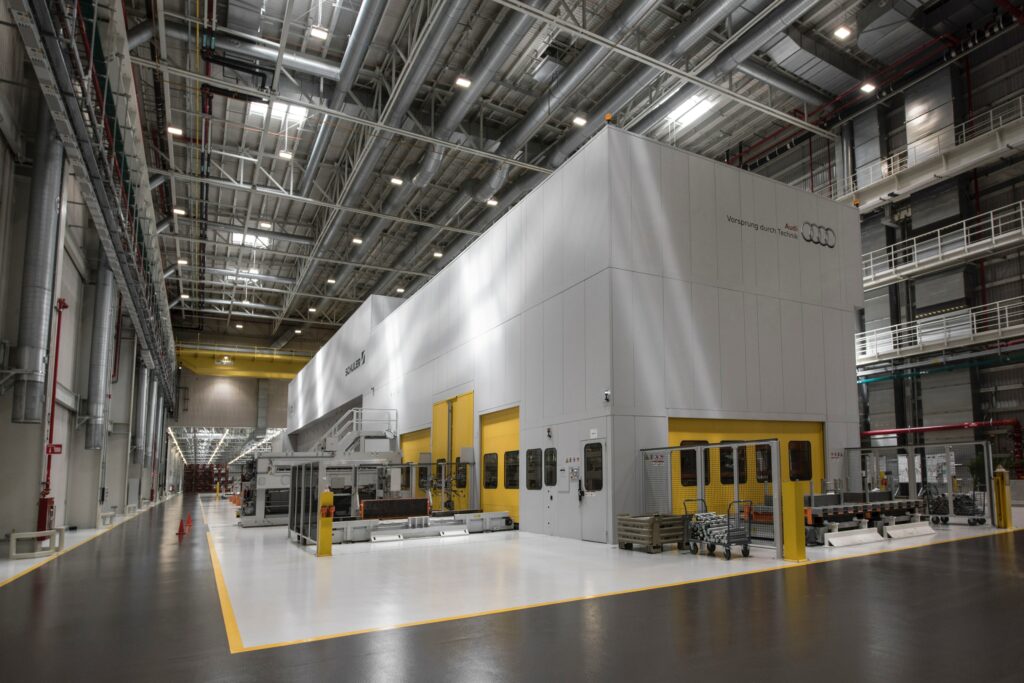Servo Press Operator
Between a rock and a hard place
In the fast-paced world of modern automotive production, every second counts. Time is a precious commodity, and optimizing maintenance cycles becomes paramount for maintaining efficiency and minimizing costly downtime. While minor maintenance tasks are carried out regularly during maintenance shifts or tool changes, some components need a general overhaul every few months. These general overhauls are extremely expensive for two reasons:
• • Scheduled overhauls involve regular servicing repair, or replacements. This process is costly, because it requires trainedexperts, especialized tools, and spare parts. So minimizing the number of scheduled overhauls can have a significant impact on the budget.• • In case of an unscheduled breakage that requires swapping with a spare unit, not only the high overhaul cost to repair the unit must be added to the financial losses, but also the downtime in production – every production day is worth millions of Euros.
Now, the usual approach is to schedule overhauls based on pressing cycles. But here is the dilemma: more frequent overhauls lead to high costs and less frequent overhauls can lead to more failures.
There must be a better way to schedule expensive overhauls.


Tracking wear to guide maintenance intervals
In hydraulic presses, a critical mechanical component that was renewed during the overhaul is a large linear guide. We set to monitor the wear and tear of the linear guide rail to enable an overhaul cycle that was not governed by number of movement cycles, but actual wear of the component.
Our team developed a concept of measuring strain and temperature at twelve different locations, utilizing existing mechanical components while not altering the general mechanical properties of the unit. The installation took place under challenging conditions: the whole unit was within the hydraulic press and the timeframe was limited to one weekend during which other scheduled maintenance tasks were carried out. However, we worked together with our customers and managed to overcome these difficulties.
High-frequency data was collected in parallel in order to capture even the smallest deviations in dynamic loads during the production cycles, with each cycle lasting less than four seconds in total. The rich set of time series data allowed a deeper understanding of the press's performance to identify potential areas for optimization, in conjunction with additional production data.
Insights to improve maintenance efficiency
Our solution provided classification, counting, and detection of different manufactured parts. The analysis of dynamic load distribution and temperature profiles helped to optimize greasing cycles and track wear and tear. The customer was provided with a set of indicators that are related more directly to the component condition, helping them to decide when to schedule maintenance tasks. This resulted in longer operation periods between full revisions. The equipment was operating at least 50% longer than originally scheduled without compromising production quality or causing unscheduled maintenance. These insights ultimately led to higher production rates and decreased downtime.
You don’t need to lean on too conservative maintenance intervals, or put your operations at risk. There is a better way for you too. Let us show you how.
Technology stack and competencies
- Integrated sensor elements to measure dynamic load on structure
- SmartBox with 12 channels
- Data transfer via websockets
- Analysis of dynamic load distribution and temperature profiles
